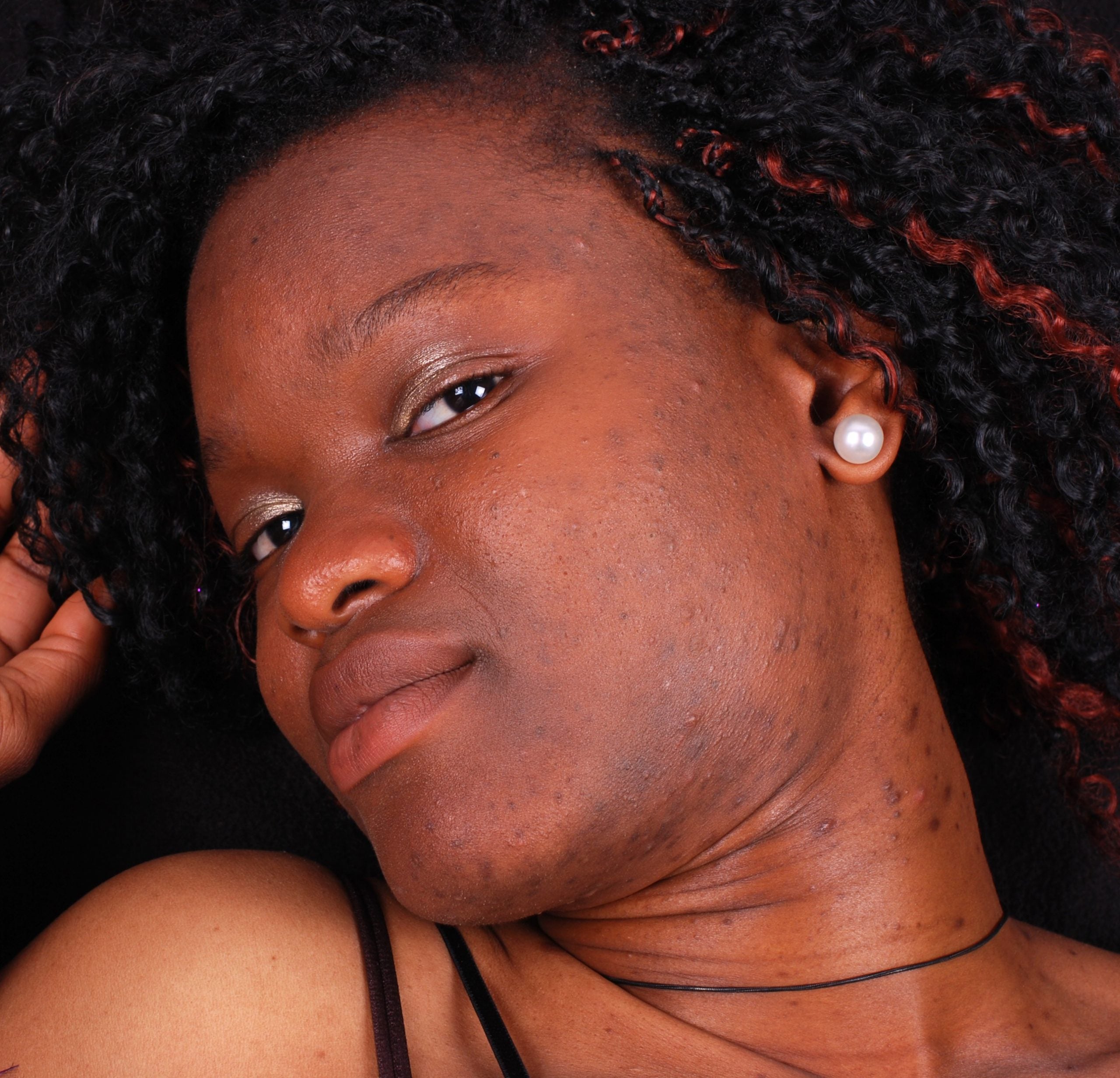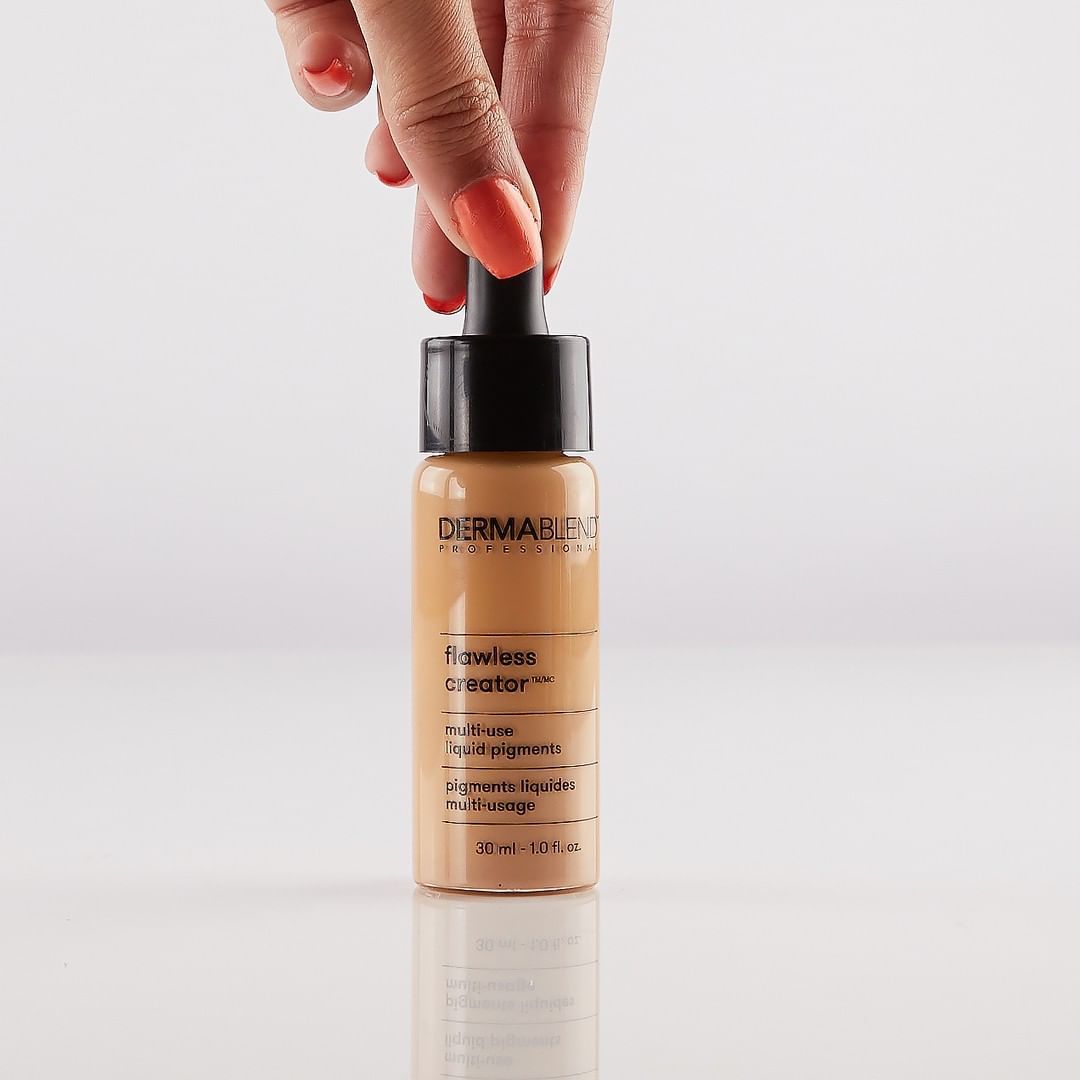We’re more aware than ever before of the dangers of visible light from our devices now that we spend so much more time exposed to it as we work from home. And for many Black women, SPF has been the go-to for preventive care against this light that’s visible to the naked eye, which seems less deceptive than UVA and UVB rays.
But Pearl E. Grimes, MD, FAAD, director of the Vitiligo and Pigmentation Institute of Southern California and director of Grimes Institute for Medical and Aesthetic Dermatology says that SPF might not be enough.
Visible light constitutes about 40 to 42 percent of the electromagnetic spectrum, the light that hits the earth’s surface. But doctors have identified artificial sources of visible light such as room light, light from television, light from our phones and light from our computer screens. As dermatologists and photo biologists study the effects of this light, they are analyzing at what point the visible light emitted becomes enough to trigger hyperpigmentation.
“We know that UVB and UVA, in particular UVB, can trigger hyperpigmentation, but we’re just beginning to understand how visible light does it. Visible light has the ability to trigger immediate pigment darkening that you see within 20 minutes, persistent pigment darkening in, say, an hour,” Grimes tells ESSENCE. “And this is really from just oxidation of the existing melanin in the skin. But then it can also trigger delayed tanning. And in people [with darker skin tones] when it triggers that delayed tanning or hyperpigmentation, it can trigger a complex, and that complex tends to drive more pigment production and it just sits there and it’s persistent.”
 (Stock Images/Getty)
(Stock Images/Getty)
In other words, you’re reversing all that work that you’ve been doing to treat that post-inflammatory hyperpigmentation, dark marks and scars that you got from acne, and possibly causing pigmentation in other areas of your skin. And this is all happening as you go from working on the computer all day, to watching TV in the evening, to scrolling Instagram on your phone in between, and using that ring light and your lamp for those virtual meetings and happy hours.
So what can you do about it? Grimes says invest in visible light protection, and iron oxide is the key player for that right now. Mineral sunscreens will often contain titanium oxide and zinc oxide, but studies have shown that iron oxide is most effective.
“The problem is, when you look at most sunscreens, and lots of them now claiming that they protect against visible light, we don’t know how much iron oxide is in the formulation,” Grimes says. “We think that you probably need 3.2 to about 3.5 percent iron oxide in order for it to give you some visible light protection.”
She recommends Dermablend’s Flawless Creator foundation, which contains high levels (up to 4.85 percent) of iron oxide. It’s a buildable full coverage liquid foundation that expertly camouflages existing hyperpigmentation. And for those who don’t wear foundation daily, Grimes says it can easily be mixed into moisturizers and SPFs with just a few drops.
 (Instagram/@dermablendpro)
(Instagram/@dermablendpro)
Dermablend conducted a 14-day in vivo study of two of its shades of Flawless Creator in comparison with non-tinted mineral SPF 50+ sunscreen to test for efficacy in protecting against visible light. The study revealed that the foundation was a significant protectant versus the SPF.
As more studies are conducted, more information about the effectiveness of iron oxide in protecting our melanin will be revealed. And we still have to protect against acne breakouts, which is also a key cause for hyperpigmentation in melanin-rich skin. But we’re still following Dr. Grimes’ lead in ensuring that excessive screen time is not damaging our glorious skin tones.
“I’m in front of a computer screen more than ever and doing teledermatology, and I will tell you, I’m very compulsive now in using my visible light protection,” Grimes finishes. “If we can prevent the deleterious hyperpigmentation induced by chronic exposure, that’s going to be so much better than trying to treat it.”
The post This Key Ingredient Could Help You Prevent Hyperpigmentation appeared first on Essence.
]]>

